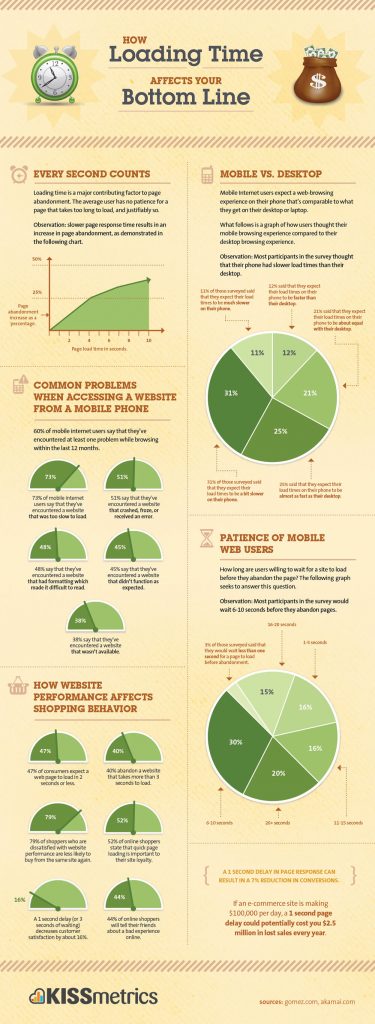
If you are a regular user of Facebook, you know that Facebook makes regular adjustments to their algorithm which effects what we see and when we see it within our newsfeed as users.
As a business owner this can be a huge concern when Facebook is used as a marketing platform. The percentage of likers that actually see Facebook posts that a page make has greatly decreased over the past 12 months.
Last week (2 August 2017) Facebook announced another change to their algorithm that will roll out over the coming months. In a nutshell, if you link to a website in your Facebook post that links to a website that is slow to load than Facebook may not show that post as much in user’s mobile news feeds. Facebook will be more inclined to give your post more reach if you are linking to a fast loading webpage.
Here is what Facebook stated in their update:
We’ll soon take into account the estimated load time of a webpage that someone clicks to from any link in News Feed on the mobile app. Factors such as the person’s current network connection and the general speed of the corresponding webpage will be considered. If signals indicate the webpage will load quickly, the link to that webpage might appear higher in your feed.
As stated by Facebook, this update only appears to impact mobile. A slow load time does not necessarily mean lower priority in the news feed and a fast load time does not guarantee high priority. However, it is one of the many factors that is considered when ranking posts in the user’s news feeds.
So what does this mean for you?
If your website is slow to load, than you may see a decline in the amount of referral traffic coming to your website from Facebook. As this change isn’t happening immediately, you have time to check the load time of your website and make any necessary changes.
Facebook has given us their recommendations on best practices when it comes to improving your mobile site performance. These are:
- Minimize landing page redirects, plugins, and link shorteners
- Compress files to decrease mobile rendering time
- Improve server response time by utilizing multi region hosting
- Remove render-blocking javascript
- Use a high-quality content delivery network to reach your audience quickly
- Remove redundant data that does not impact how the page is processed by the browser
- Optimize images to reduce file size without diminishing visual quality
- Reduce the size of above the fold content to prioritize visual content
- Use asynchronous scripts to streamline page render time
- Dynamically adjust the content for slower connections/devices
And here are some free tools that you can use to evaluate your website in regards to its load time and receive suggested improvements:
- Page Speed, an open source Firefox/Firebug add-on that evaluates the performance of web pages and gives suggestions for improvement
- YSlow, a free tool from Yahoo! that suggests ways to improve website speed
- WebPagetest, shows a waterfall view of your pages’ load performance plus an optimization checklist.
- PageSpeed Insights, a free tool from Google that analyzes the content of a web page, then generates suggestions to make that page faster.
- Dotcom-monitor: Offers 23 different locations and seven different browsers in which you can run your website speed test.
Having a website that is slow to load should be something that every business should look at and not just because Facebook is using this as a consideration.
Web page load time is an important part of the user experience plus it is taken into consideration by Google when ranking your website in search results. Any visitor coming to your website, will likely not wait too long for it to load which means you are losing traffic to your website if it is loading slowly. In fact, as many as 40 percent of website visitors abandon a website that takes more than 3 seconds to load according to a survey conducted by Kissmetrics.
This infographic by Kissmetrics shows exactly why website load time is highly important and how it can hugely impact on conversion rates on your website.
Run your website through the tools recommended in this article and then give the results to your website developer so that you can make your website load time as fast as possible. Your marketing and conversion stats will improve along with it.


















I would love to hear your thoughts...